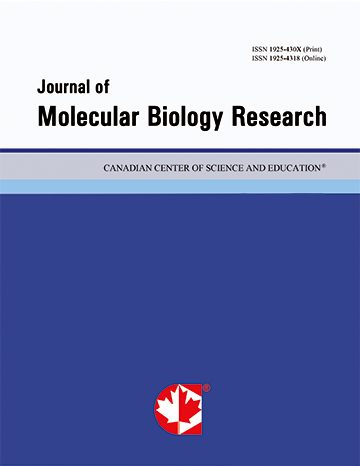Immunophenotype Study in Children with Leukemia and Its Relationship with Relapse in Ahvaz Shafa Hospital from 2013 to 2018
- Arash Alghasi
- Jamshid Safdarian
Abstract
Introduction: Acute lymphoblastic leukemia (ALL) is one of the most common cancers in children. Since the identification of patients immunophenotypes is effective for disease diagnose and prognosis, and due to very few studies in Iran, especially Khuzestan province, the aim of this study was to investigate the immunophenotype of children with leukemia and its association with recurrence in Ahvaz Shafa Hospital from 2013 to 2019.
Methods: This is a retrospective study that was conducted in patients referring to Ahvaz Shafa Hospital during the years 2013 to 2019. Demographic data including age, gender, height, weight, leukocyte count, flow cytometry and other laboratory findings were collected and analyzed by version 22 SPSS statistical software.
Results: The mean age of the patients was 7.59 ± 3.94 years and the sex of 51 (52%) were female. Immunophenotype of 81 patients (82.7%) was Pre B cell, 4 patients (4.1%) was Pro-B Cell, 5 patients (5.1%) was Pro-T Cell, and 8 patients (8.2%) was T Cells. 87 patients (88.8%) recovered and 11 patients (11.2%) had recurrence. Only 11 patients with Pre B cell (13.6%) had recurrence, but in other immunophenotypes, 100% of patients had remission, but this difference was not statistically significant (p = 0.46). There was no statistically significant difference between the prevalence of phenotypes in female and male sexes (p = 0.76). The incidence of recurrence was 9.8% in female patients and 12.8% in male patients, which was not statistically significant (p = 0.64).
Conclusion: The results of this study showed that preB cell immunophenotypes with the prevalence of 82.7% had the highest frequency in acute lymphoblastic leukemia, and the incidence of recurrence in patients was 11.2%. Also, patients with other immunophenotypes did not recurrence, so his finding may have been because of insufficent patients to study and compare.
- Full Text:
 PDF
PDF
- DOI:10.5539/jmbr.v9n1p61
Index
Contact
- Grace BrownEditorial Assistant
- jmbr@ccsenet.org
